The Great Wall of China, the Pyramids of Giza, Machu Picchu and the Taj Mahal are some of the most famous UNESCO World Heritage Sites. But what if we told you that some of the most stunning UNESCO sites don’t receive a lot of people? These hidden gems might not be on Instagram yet they’re just as great and frequently give you a more authentic and less crowded experience.
In this post, we’ll show you 10 UNESCO sites that don’t get the attention they deserve. From isolated archaeological sites in Europe to less well-known cultural landscapes in South America, these are the places you should see. If you want to locate unusual UNESCO sites, hidden travel gems and destinations that aren’t very well known, this blog is for you.
The Rila Monastery, Bulgaria
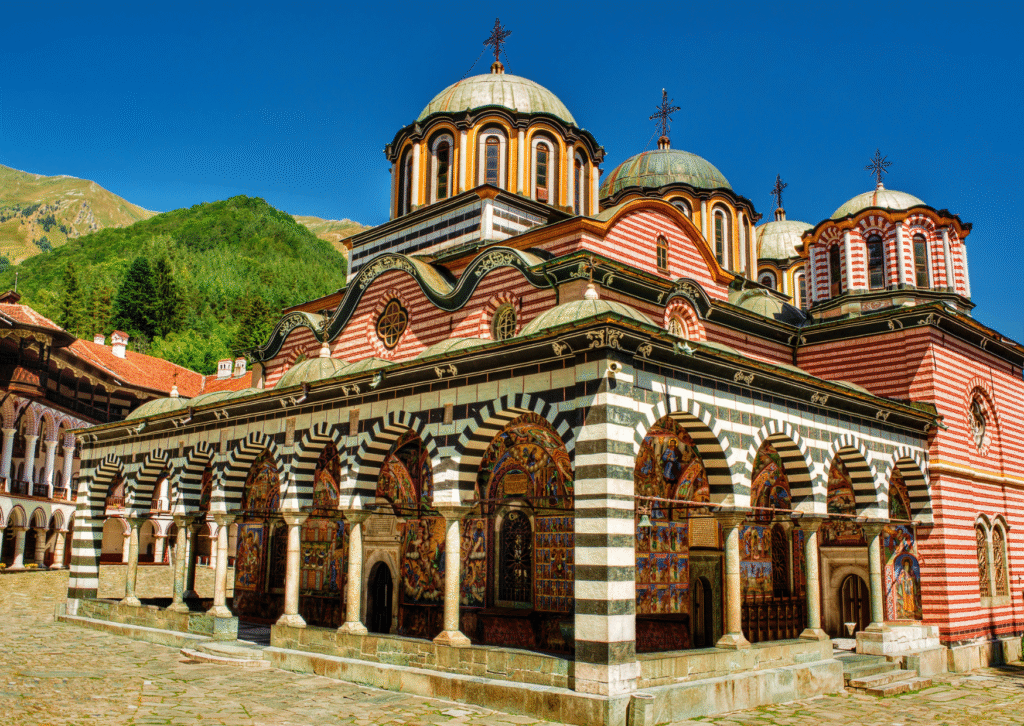
The Rila Monastery is one of the most magnificent places of worship in Eastern Europe. It is hidden deep in the Rila Mountains. Since it was established in the 10th century, it has been a focus for culture and spirituality for more than a thousand years.
Many tourists go to Sofia or Plovdiv but not many go to the highlands where this UNESCO site resides. You have to view the monastery’s frescoes, arcaded balconies and the majestic mountains behind it.
Why it’s underrated: Many people from the West don’t go to Bulgaria yet Rila Monastery is equally as magnificent and historic as some of Europe’s most famous cathedrals and there aren’t as many people there.
Tip: Visit in the autumn to witness the trees around it turn crimson and gold.
The Ethiopian Lalibela Rock-Hewn Churches
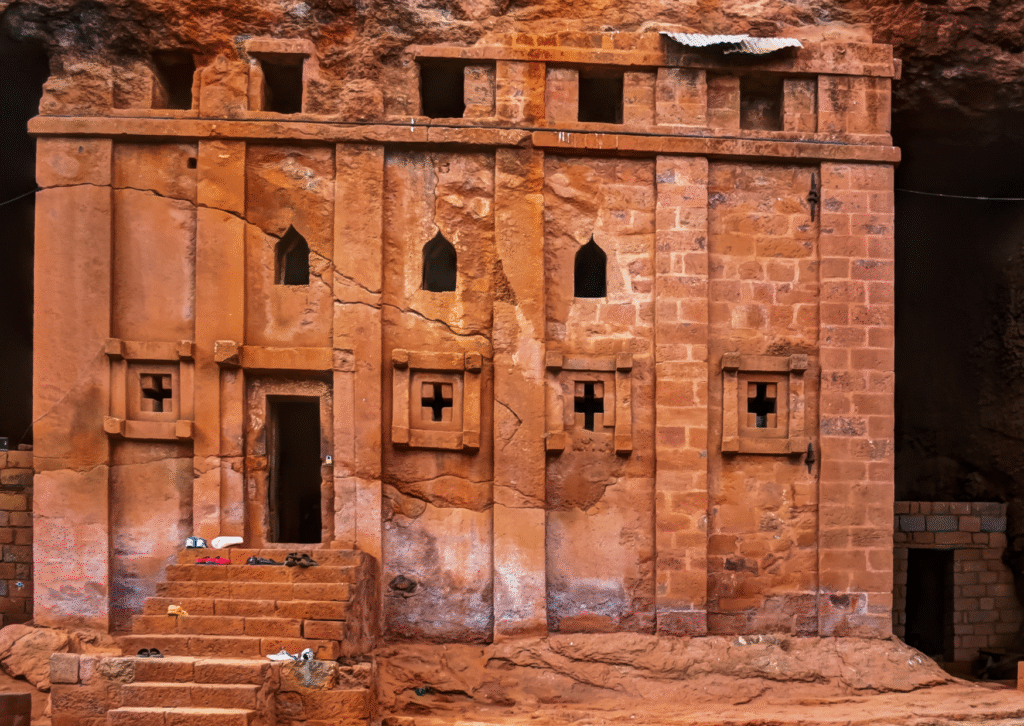
Some people name the Lalibela Churches the “New Jerusalem” since they are carved right into volcanic rock. These big buildings were built in the 12th century and are still used as places to worship today.
The pyramids in Egypt and Petra in Jordan get a lot more attention than Lalibela which is incredibly important and enormous. But when you stand inside these historic buildings, it feels like you’re in a time capsule from a sacred period.
Why it’s not well-known: People generally skip Ethiopia for “safer” destinations in Africa, yet Lalibela is a real work of art and devotion.
Plan your trip around Ethiopian Orthodox holidays to experience some great religious ceremonies.
The Wieliczka Salt Mine in Poland
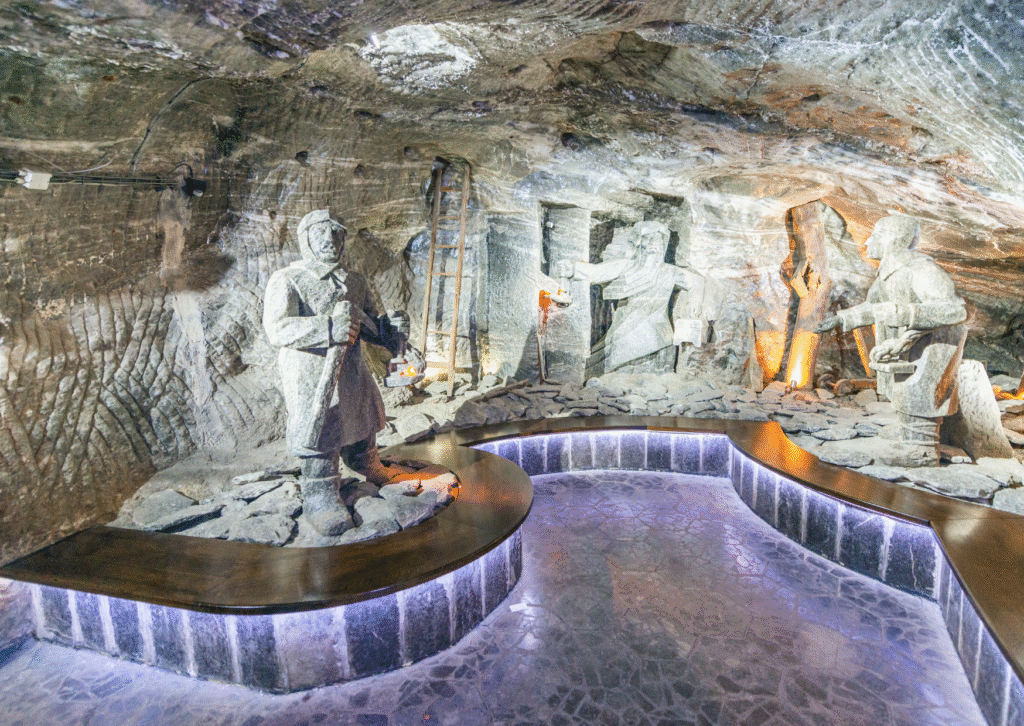
People who visit Poland usually wish to see the Old Town in Warsaw and Kraków. The Wieliczka Salt Mine which is close to Kraków, is one of the most interesting UNESCO sites in Europe.
This underground maze is around 300 miles long and was built in the 13th century. Inside, there are chapels, chandeliers and even a lake that is subterranean.
Why it’s not well-known: It’s been a UNESCO site since 1978, but outside of Poland, it’s not always at the top of must-see lists. But it combines history, art and geology in a way that will stay with you forever.
The Chapel of St. Kinga is a stunning piece of art created completely of salt.
Sceilg Mhichíl in Ireland
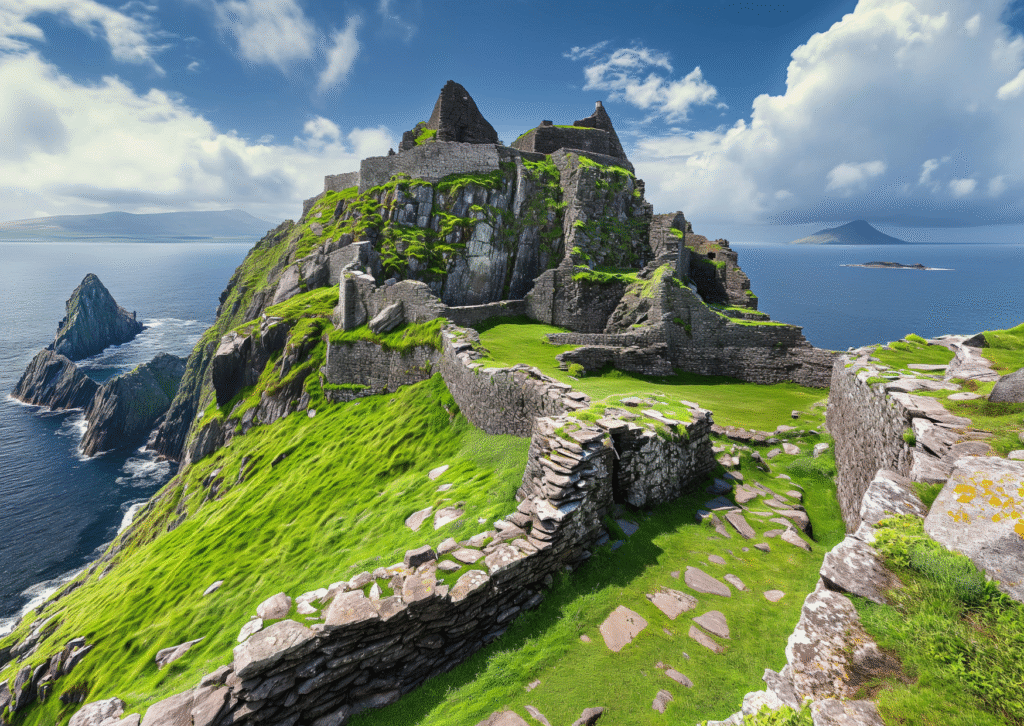
Sceilg Mhichíl (Skellig Michael) is a spooky and beautiful site that lies spectacularly on a rocky island off the southwest coast of Ireland. Monks erected a monastery here on the cliffs that were always windy between the 6th and 8th centuries.
You might have seen it before in Star Wars: The Last Jedi where it was Luke Skywalker’s secret headquarters.
Why it’s not getting enough attention: The site’s appearance in pop culture has attracted some attention but it’s still hard to get to because ferries depend on the weather and only a small number of people are allowed to visit each day. Because it’s so exclusive it doesn’t get in the way of mass tourism.
Tip: Get your ferry tickets months in advance because they sell out fast in the summer.
Kizhi Pogost in Russia
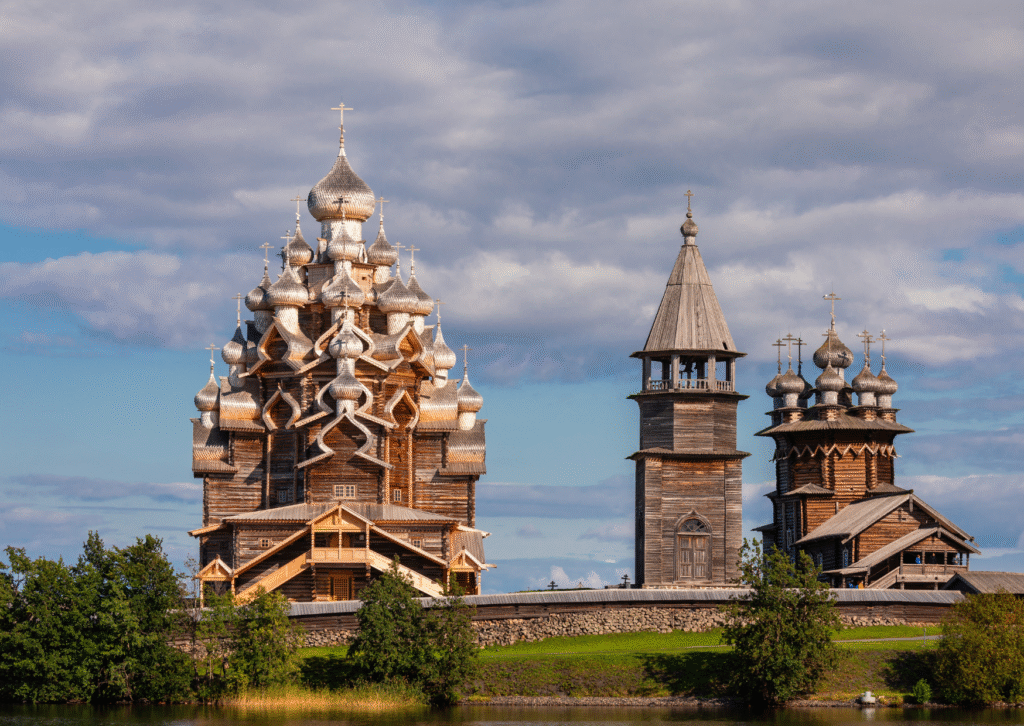
Kizhi Pogost is an outdoor museum with wooden buildings on an island in Lake Onega. The principal building is the Church of the Transfiguration which features 22 domes. It is a great example of Russian carpentry because it was made without using any nails.
Kizhi Pogost is a very impressive place, although not many people outside of Russia know about it. This hidden gem is often missed by people who seek to enjoy unique experiences in Eastern Europe.
Why it’s not as well-known: It’s tougher to go there than other Russian landmarks since it’s so far away, but that distance has kept it authentic.
Tip: While you’re there, take a boat ride across Lake Onega to see some spectacular sights.
The Jesuit Missions of Chiquitos in Bolivia
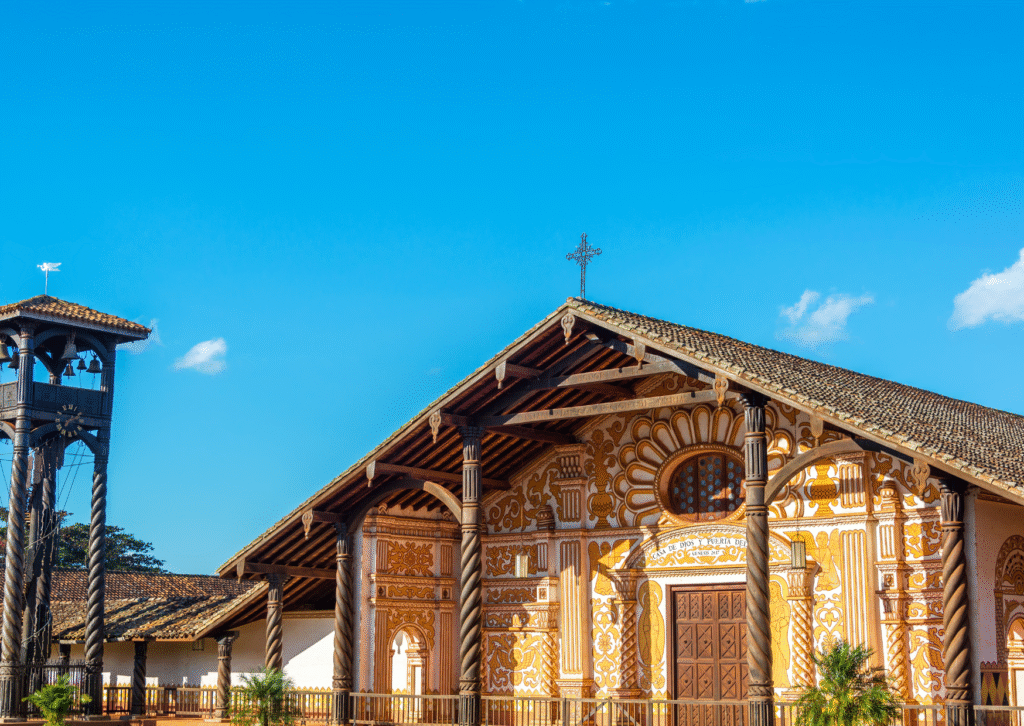
Every year, millions of people go to Machu Picchu but Bolivia’s Jesuit Missions of Chiquitos are unexpectedly quiet. These mission towns were constructed by Jesuit missionaries in the 1700s and 1800s.They combine European baroque buildings with art from their own culture.
The missions are still thriving cultural sites that hold music festivals to celebrate hundreds of years of history.
Bolivia isn’t as well-known as its South American neighbours, yet the Chiquitos missions are equally as interesting as Peru’s Inca ruins.
For a once-in-a-lifetime event, plan your trip around the International Baroque Music Festival, which happens every two years.
The Tsingy de Bemaraha National Park, Madagascar
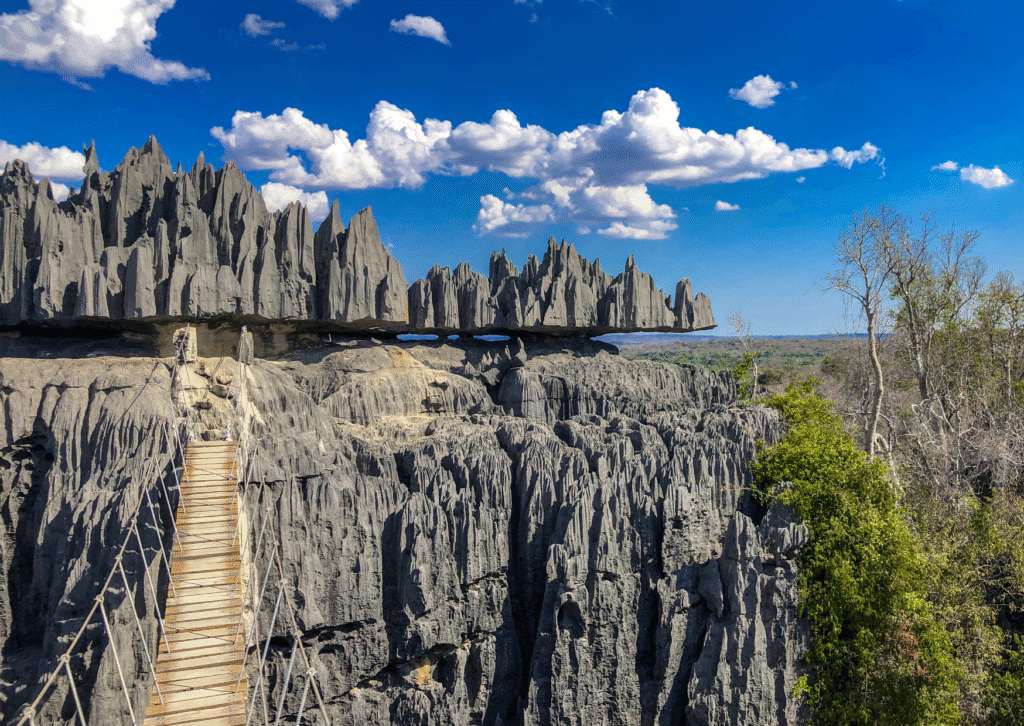
Forget about tropical beaches, Madagascar offers the Tsingy de Bemaraha National Park, which has one of the most distinctive landscapes on Earth. The “tsingy” are jagged limestone formations that build a maze of high peaks that look like they belong in another world.
There are suspension bridges, caves, and forests full of animals that travellers may observe. Because the park is home to many different kinds of lemurs, it is a fantastic destination for eco-tourism.
Why it doesn’t get enough credit: Most people don’t go because it’s hard to get to and there aren’t many services but those who do go are rewarded with views that are out of this world and will stay with them forever.
Pro Tip: Get a local guide to help you get around the sharp peaks.
Ani, Turkey
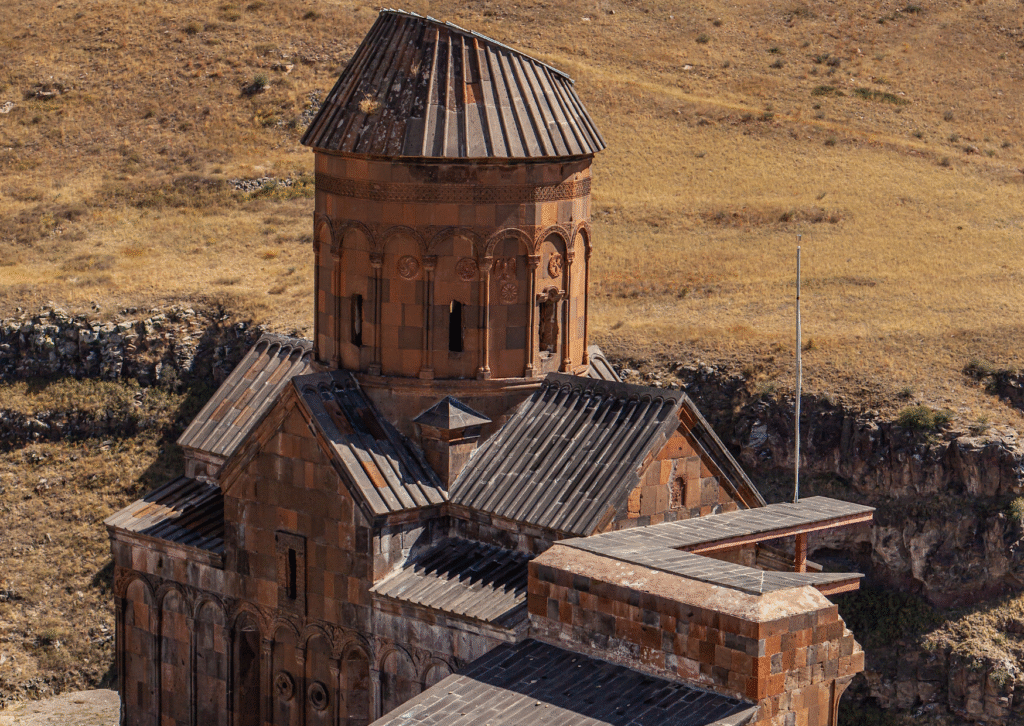
Ani, an old city that used to be called the “City of 1,001 Churches” is close to the border between Turkey and Armenia. Ani used to be an important station on the Silk Road but now it is a stunning ruin of cathedrals, mosques and walls.
Ani is a major place in history, although it doesn’t attract nearly as much attention as Istanbul or Cappadocia.
People don’t give it enough credit since it’s in a rural area and there are political issues in the area. It’s one of Turkey’s most atmospheric but least visited UNESCO monuments.
Tip: Go at dawn to observe the broken-down churches and city walls in a spectacular way.
Potosí, Bolivia
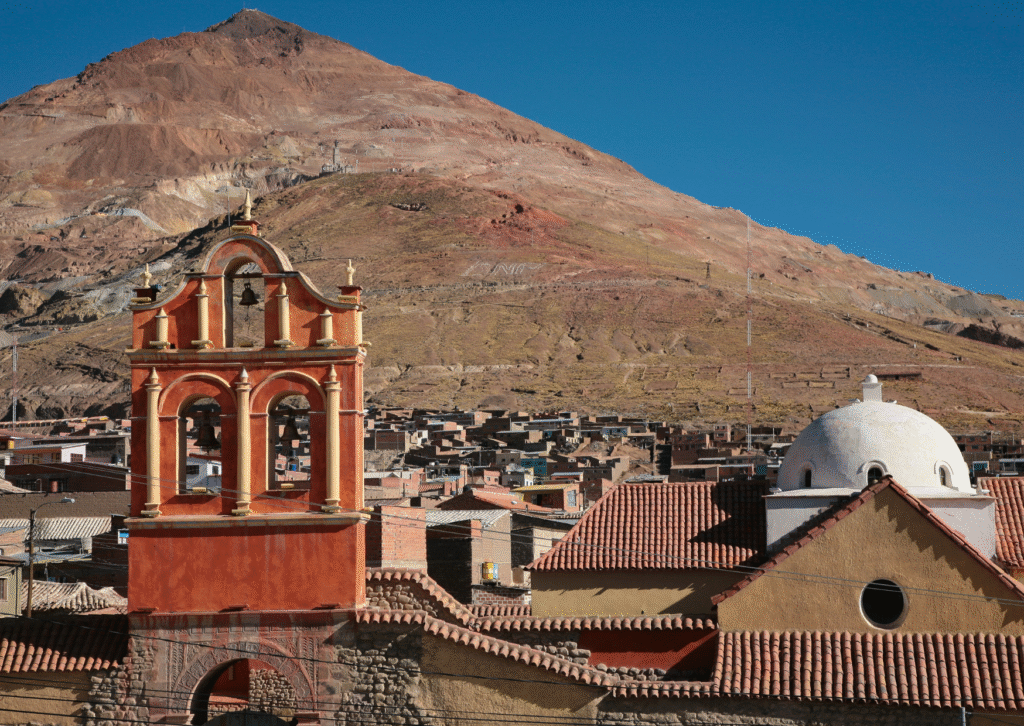
Potosí used to be the richest city in the world. It was built around Cerro Rico, a silver-rich peak that Spanish colonisers took advantage of. Potosí is a living museum of colonial architecture, mining history and Andean culture.
Why it doesn’t get enough credit: People generally ignore Potosí in favour of Bolivia’s Uyuni Salt Flats even though it is a UNESCO World Heritage Site. But its story reveals how trade and exploitation in the colonies affected the whole world.
Tip: If you want to explore the mines in Cerro Rico you might want to take a guided tour. Just make sure to go with a company that is good for the environment and helps local miners.
Bahla Fort in Oman
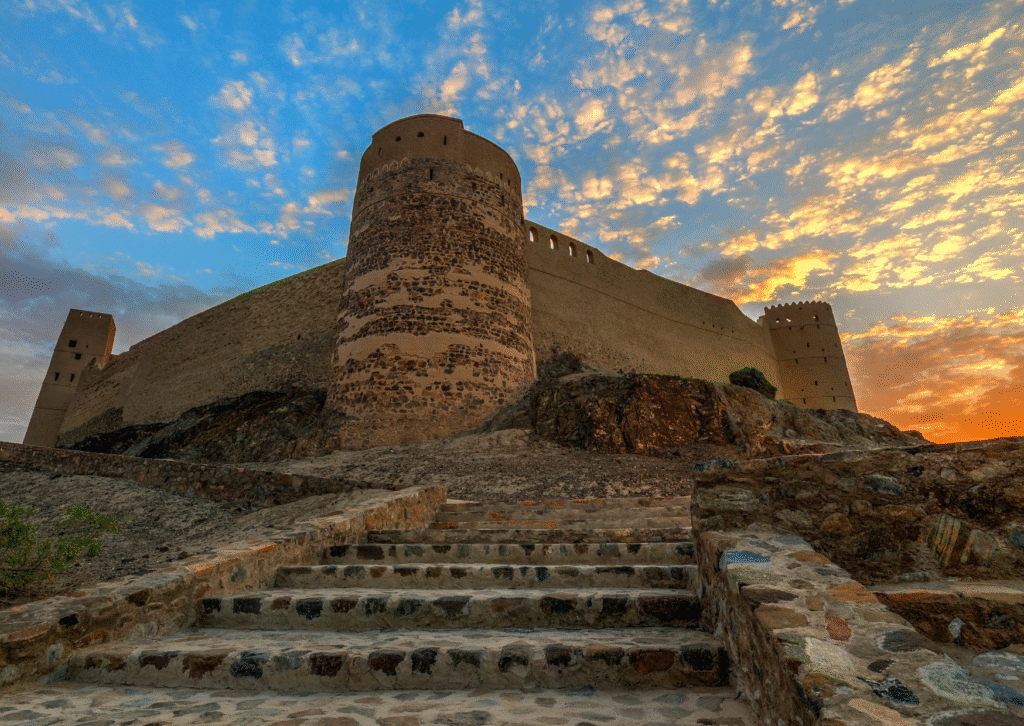
Dubai and Abu Dhabi are the most popular sites to visit in the Middle East but Oman has hidden architectural treasures like Bahla Fort. This big adobe fort, erected in the 13th century is a superb example of Islamic architecture and how to build forts in the desert.
Why not many people know about it: Oman is slower to embrace tourism. Bahla Fort isn’t as well-known as Petra or Dubai’s famed landmarks.
Tip: To properly understand the culture go to Nizwa, another mediaeval village nearby.
There are a lot of well-known UNESCO World Heritage Sites around the world but there are also a lot of less well-known destinations that are just as fun to visit. The rock cathedrals of Lalibela, the creepy remains of Ani and the sharp peaks of Madagascar’s Tsingy are all examples of hidden riches that prove that history, culture and natural beauty don’t always come with long lines and selfie sticks.
So, when you plan your next trip don’t travel to the same sites you always do. Instead, look at these UNESCO sites that don’t get enough attention. Not only will you see something incredibly unique but you’ll also help keep communities that deserve it alive and well.
Which UNESCO site would you like to see first?
